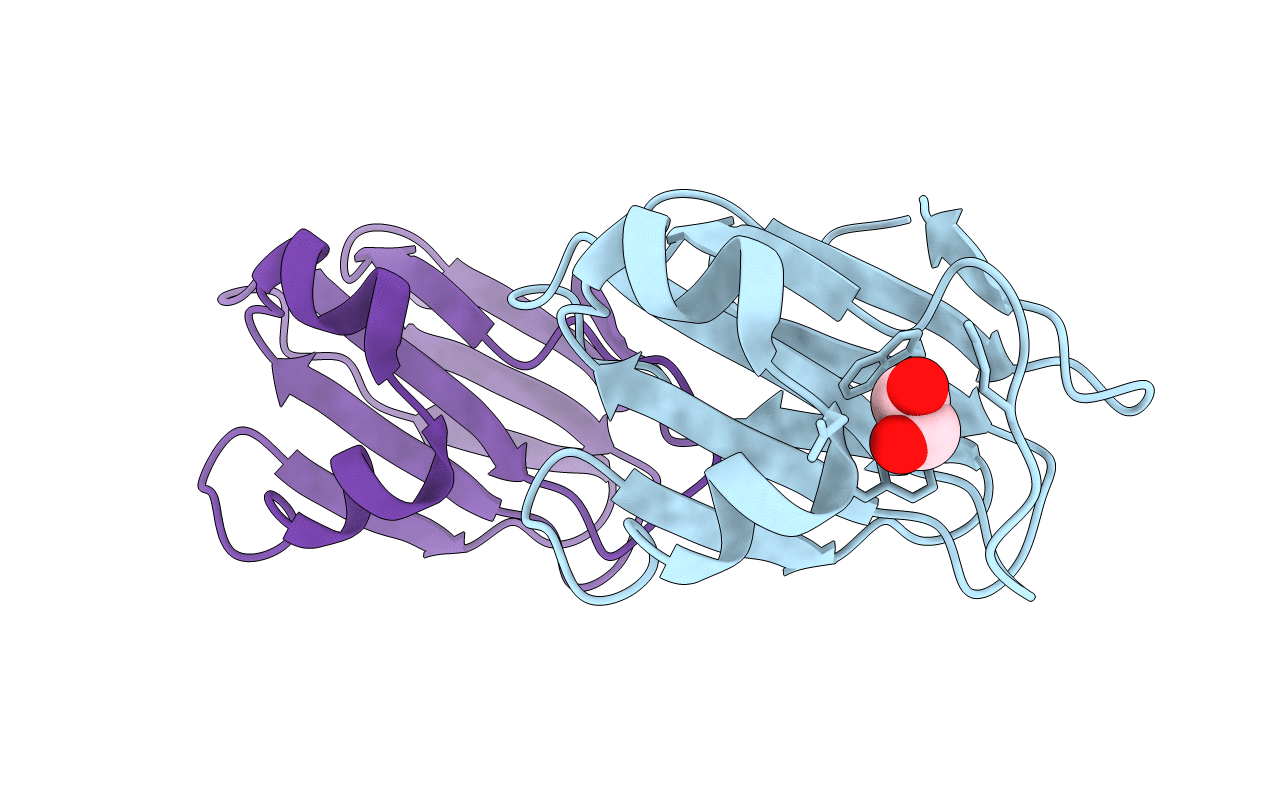
Deposition Date
2015-09-01
Release Date
2016-10-05
Last Version Date
2024-05-08
Entry Detail
Biological Source:
Source Organism:
FRANCISELLA NOVICIDA (Taxon ID: 264)
Host Organism:
Method Details:
Experimental Method:
Resolution:
1.62 Å
R-Value Free:
0.19
R-Value Work:
0.16
R-Value Observed:
0.16
Space Group:
P 21 21 2


